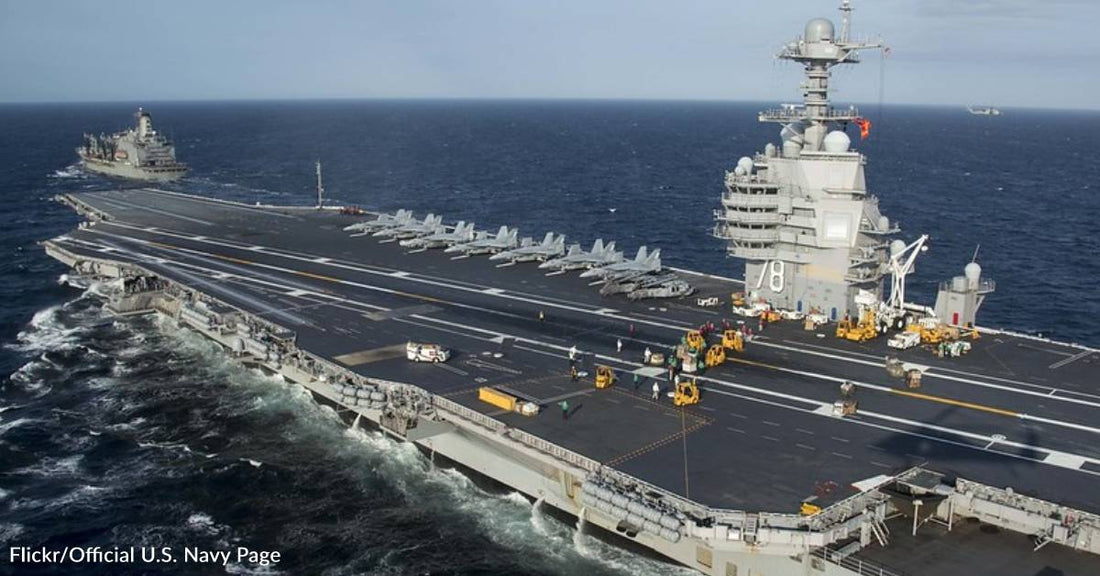USS Gerald R. Ford Ready For Full Deployment
Dan Doyle
The modern technological world is full of wonders and potential wonders, and the pace of its progress often creates unforeseen problems. One of the most obvious examples of this is the oft-touted new Ford class of aircraft carriers for the United States Navy fleet. It is represented by the first of its class, the USS Gerald R. Ford.
The Ford was launched almost ten years ago now, but the complexity and the number of new technologies that are part of the design and construction of the Ford have made her full deployment to the fleet a long journey full of problems. The Ford has 23 new, highly advanced technologies in its design. The navy acknowledges that there were missteps in the design and construction of the Ford but also that the issues concerning those new technologies have been resolved and the lessons learned in the almost decade-long process of getting the Ford to where it is today. The next carriers in the Ford class will not have these issues, and the Ford class will really take its place as the most advanced and powerful warships in the world.
All of the new technologies that have been applied to the USS Gerald R. Ford will make her the fastest, most efficient aircraft carrier the Navy has ever deployed. Some of the most advanced technologies, the ones that caused the most issues over the last decade in the process of getting the Ford fully certified, are: the electromagnetic Aircraft Launch System, the Advanced Arresting Gear, and the Advanced Weapons Elevators. Clearly, these systems are at the heart of what an aircraft carrier is all about. All of these have been fixed, tested and have achieved full certification. This is the good news. The bad, of course is the time that it took to get to this point and the billions of dollars in cost overruns.
The new electromagnetic launch capability is going to make the speed at which aircraft can be launched exponentially faster and more efficient. The arresting gear system is also more efficient, more rapidly deployable, and better in all aspects. The new advanced elevators will move planes and weapons more rapidly from hangar bays and weapons stores below decks.
The Ford recently had one “early deployment” where she participated in very successful training exercises with aircraft carriers and other ships from NATO navies. She completed a COMPTUEX composite training exercise early this month. This involved “several weeks of working with the air wing and the battle group ships that will be part of her strike group." She is now fully certified to be fully deployed as the centerpiece of her aircraft carrier strike group.
The USS Gerald R. Ford will deploy with her strike group in the first week of May and will be on at least a 6-month deployment. The Navy has not said where in the world the Ford Strike Group will be deployed to as yet. According to Lt. Cmdr. Kristi Johnson, the Ford “is prepared to provide military commanders a wide range of flexible capabilities in support of allies and partners worldwide.” Those capabilities will include maritime security, power projection, and strike operations. The Ford class of carriers is the 1st new class of carriers since the launching of the Nimitz-class carriers in 1975.
We wish the USS Gerald R. Ford and her crew “Fair Winds and Following Seas” as she heads out on her first full deployment duties next month. With all of her new technologies in place she will be the U.S. Navy’s fastest and most powerful surface asset. May she enjoy a long and successful career of “Integrity At The Helm."




